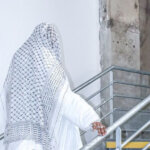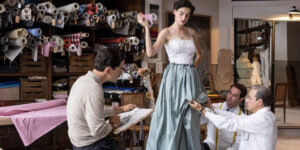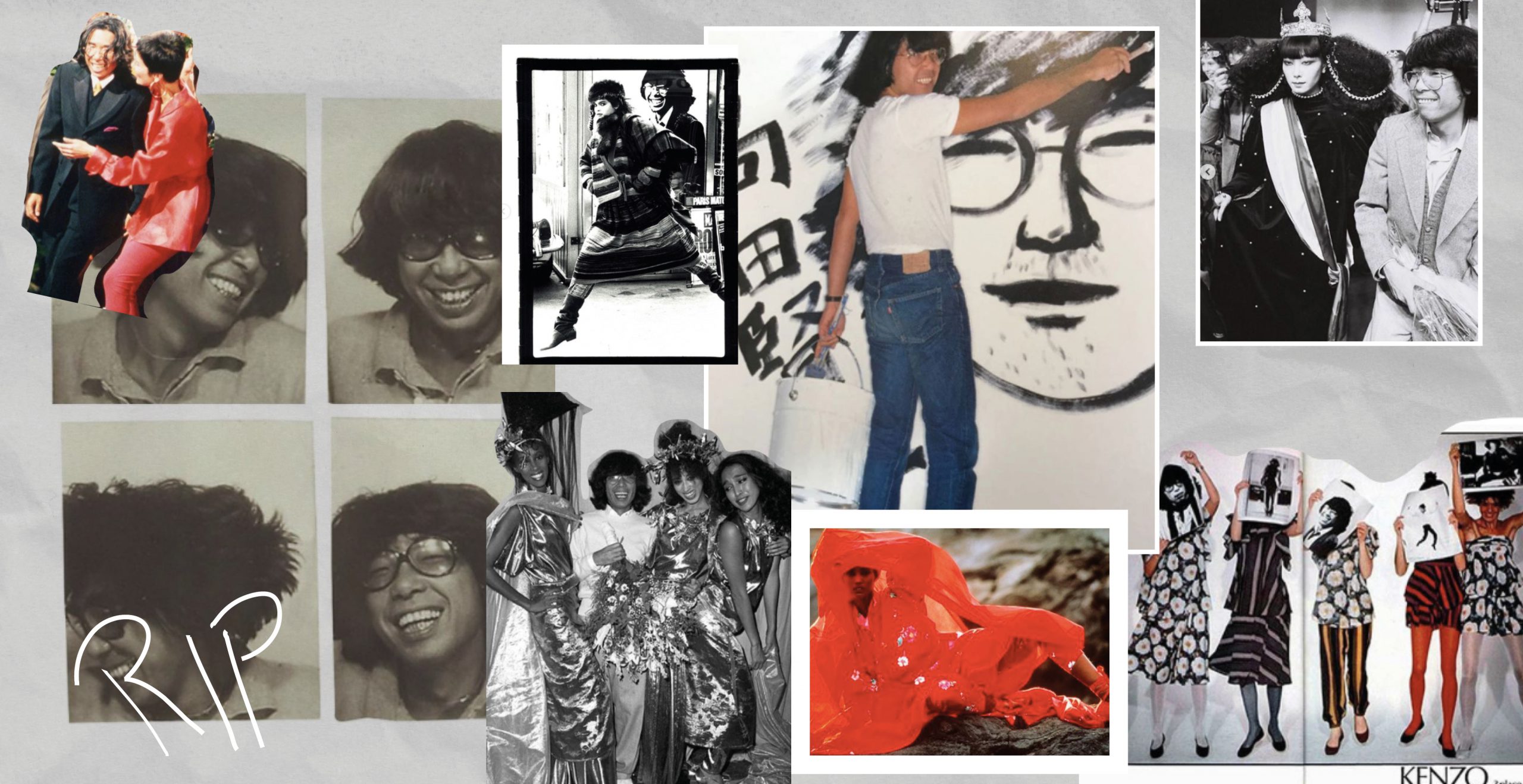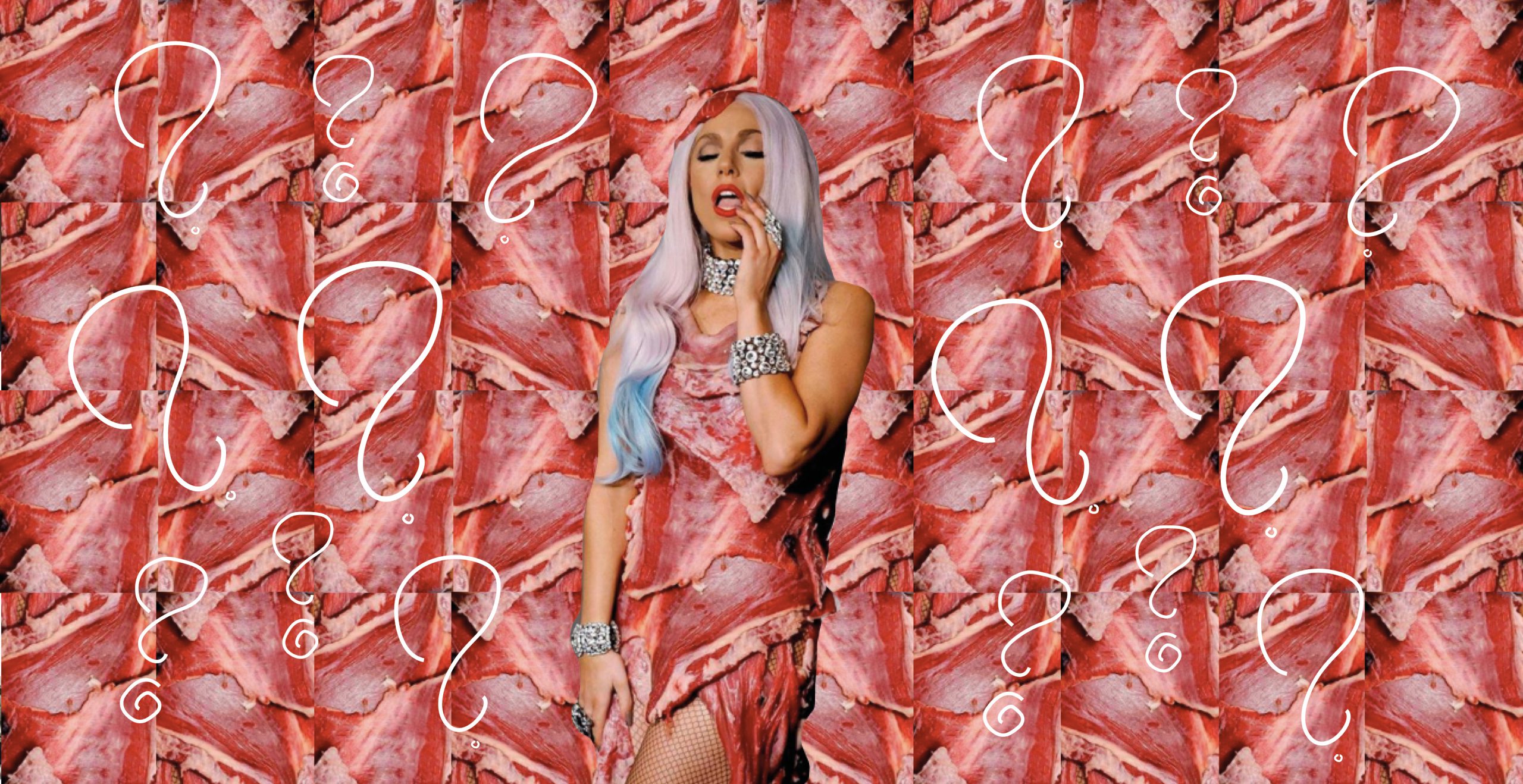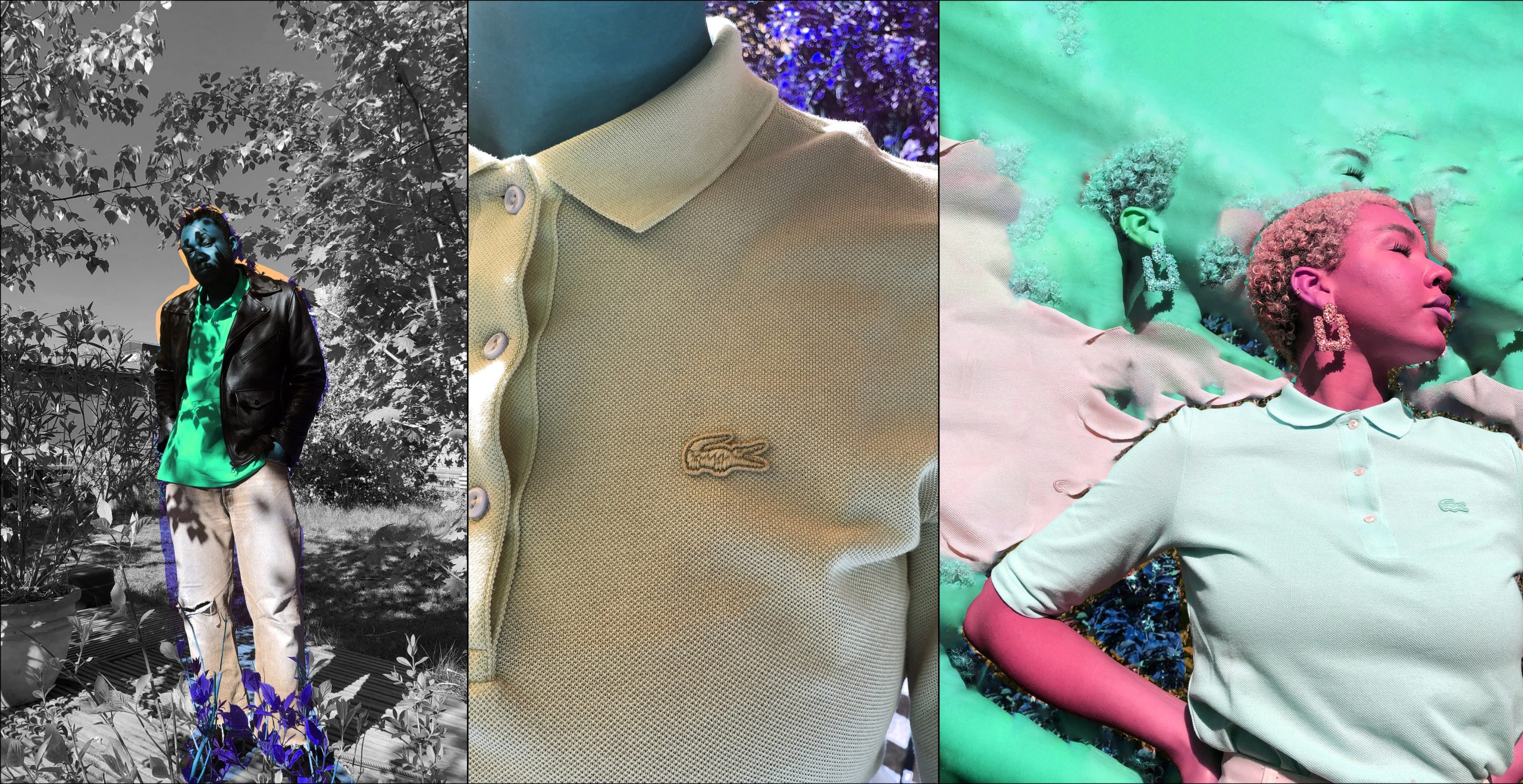A story of resistance told through fashion
While so many modern media sources would love to have us all believe that Palestine is nothing but a place of conflict and violence; Palestinians nothing but terrorists, this is so far from the truth. The truth is, the small world of Palestine is full of artisans, craftsmen and other great, irreplaceable minds. Many of whom are using the universal language of clothing to tell their stories.
One thing you may not often consider is that fashion and design are not concepts limited to fancy international conglomerates or fast fashion retailers. In fact, fashion, maybe in its truest form, is weaved into Palestinian culture and tradition, telling a story of centuries of people living on the land; passing down techniques, patterns and materials unique to specific regions, villages, sometimes even families…
Palestinian clothing being so interconnected with their history, and their history being so fraught with conflict, it is hardly surprising that much of the fashion and iconography has become a symbol of protest, of resistance and of survival.
You are probably familiar, for example, with the keffiyeh – the traditional Palestinian scarf which emerged as a symbol of anti-war and anti-occupation protest, especially following the Israeli ban of the Palestinian flag in the 1960s.
While it is incredibly important to highlight the pieces of clothing and designers that protest war and violence, there remains a lot more to their craft that often goes unnoticed or unreported.
So I took the time to compile a list of some of the great fashion designers of Palestine, in the hopes of sharing their stories with you.
Nöl Collective
With Yasmeen Mjalli at the helm, Nöl Collective utilises traditional Palestinian fabrics and embroidery techniques to create modern, handcrafted clothing. The traditional Majdalawi fabric, woven from a single treadle loom, is, in particular, a staple that Mjalli is committed to preserving. Originating in the Palestinian village of al-Majdal Asqualan, the practice of creating the fabric could have died out following the 1948 Israeli occupation, had it not been for preservation efforts.
In addition, Mjalli references the use of Palestinian embroidery, Tatreez. Traditionally, this embroidery technique is passed down through women in Palestinian families, and it became a symbol of resistance following the ban on the Palestinian flag in 1980, when these women began to embroider the colours of the flag onto their clothing.
Keeping the production ‘hyper-local,’ Mjalli has often discussed her ethos of regularly partnering with local graphic designers, family run tailor shops and even local apothecaries and spice shops – she took to Instagram to explain the
importance of this principle in her brand: “Indiginous women all around the world created slow, sustainable fashion far before it became a trend, and before it became the only option for a globe teetering on the brink of disaster.”
Michael and Hushi
While the designers of this particular brand are not themselves Palestinian, Hushi Mortzecai being Iranian-American, and Michael Sears being a Las Vegas native, their use of Palestinian iconography first made headlines in 2001, when they released a collection featuring clothing utilising the keffiyeh pattern. This was revived earlier this year, when Bella Hadid wore a version of one of their keffiyeh dresses in Cannes.
The keffiyeh is a traditional Palestinian scarf that in time has become a powerful political symbol. As far back as the 1960s, it has been adopted across the world as a show of solidarity with the Palestinian resistance, and has been worn by figures from Nelson Mandela to Madonna. The revival of the Keffiyeh dress from the 2001 collection was a huge sign of unity and protest from Hadid.
Zaid Farouki
Featured in Vogue Arabia in July of last year, Zaid Farouki designed a version of the Palestinian Shatweh for a powerful editorial featuring model Yasmine Sima. The Shatweh was traditionally a headpiece worn by women on their wedding day, predominantly in Palestinian villages around the early 20th century. The headpiece, laden with silver or gold coins, was often representative of the town, city or region the wearer was from. Much could be discovered about somebody based on their Shatweh, from their religion to economic status.
The revival and recreation of this piece for a Vogue editorial is a powerful and much needed reminder of the depth, beauty and richness of Palestinian culture and history.
Nazzal studio
Nazzal Studio, by Sylwia Nazzal, rose to acclaim following her 2023 graduation collection “what should have been home” featuring a striking, hooded dress made from 10,000 Palestinian coins.
Weighing in at 72kg, the dress is a beautifully modern reimagination of the coin that is traditionally used, throughout many Middle Eastern cultures, to adorn headdresses and other accessories.
Nazzal also designs pieces, such as her Keffiyeh hoodies, that reinterpret traditional designs in a current, wearable and stylish way.
Zeid Hijazi
Palestinian Central Saint Martins graduate, Zeid Hijazi, designs innovative, avant-garde fashion that blends his Palestinian roots with futurism. Inspired by the movement of Afro-Futurism (which imagines an almost sci-fi, utopian future where colonialism is out, replaced by the development of tradition, craft and culture,) Hijazi uses his designs to envisage a future where his culture is fused with futuristic technologies and ideas – ‘Arab-Futurism.’ In an interview with Dazed, Hijazi explained the vision behind his sharply tailored power-suits, which aim to tackle stereotypes of Middle Eastern women. “I am obsessed with the idea of Arab women being hackers and coders… “I see my women as a futuristic power dresser. She is an art collector, she knows a lot about history and literature. A bit gothic. This woman does exist in the Arab world.”
All of these designers, as diverse and innovative as they are, share a common theme – they are all evidence of the beauty, history, depth and power behind the Palestinian people and their culture. Something that can never be erased. In the words of Zeid Hijazi: “I hope Palestine won’t just be known as a
country that exists under occupation. It has a beautiful and rich history in art, fashion, craftsmanship and education, which we, as a collective, are trying to introduce to the world.”








